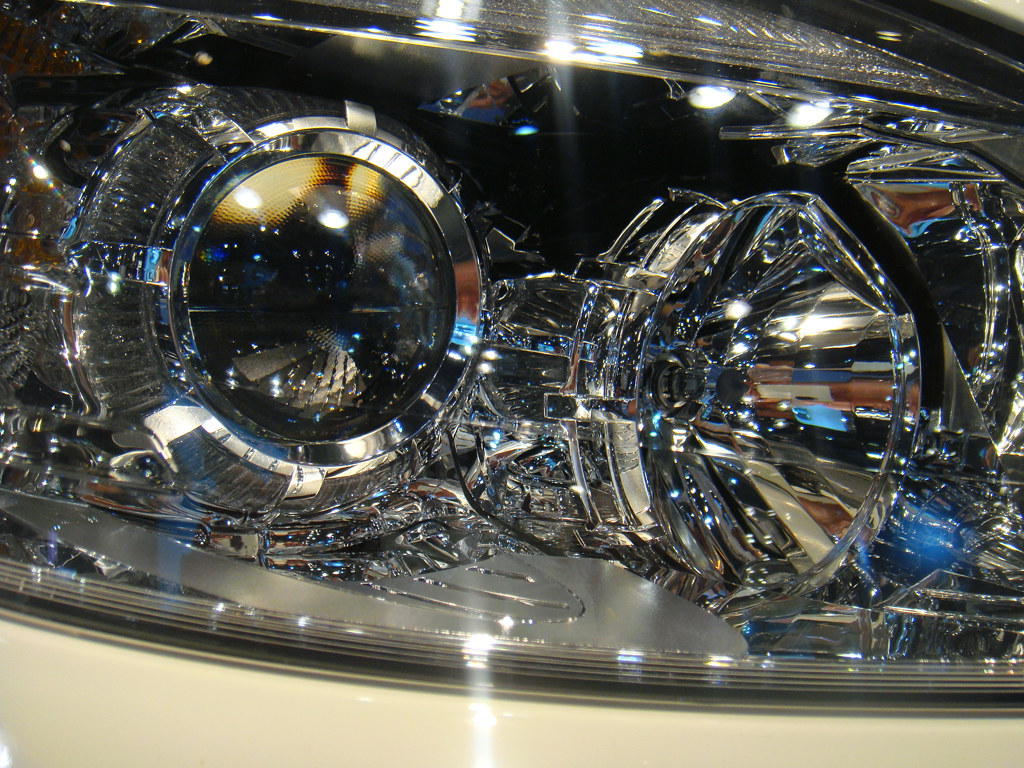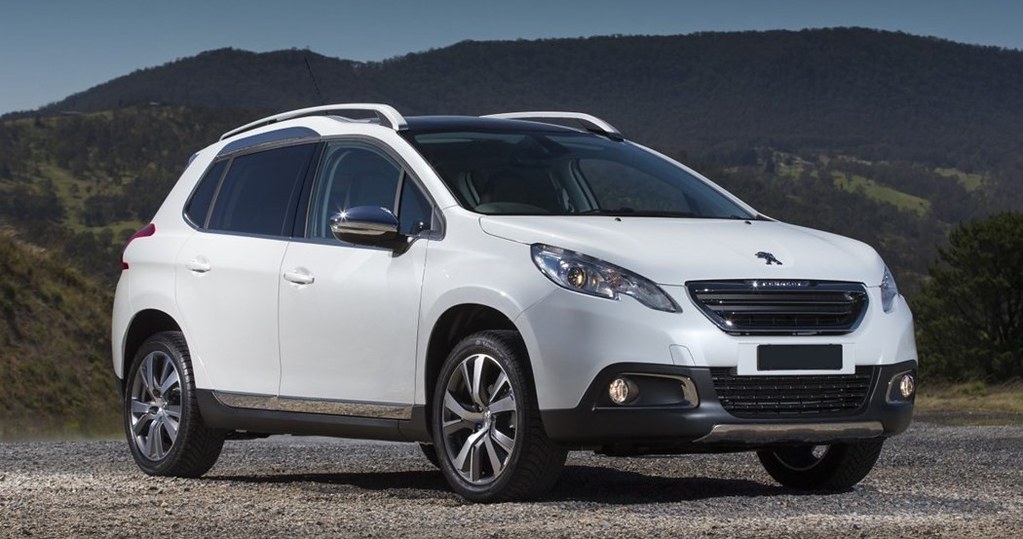
The unsettling reality of vehicle theft in North America is a challenge that every driver should take seriously. Far from being an isolated problem, it’s a rapidly growing crisis that impacts hundreds of thousands of lives and accounts for billions in financial losses annually. Consider this stark data: “Approximately 800,000 vehicles are stolen in the U.S. every year. That works out to one car theft every 39 seconds.” Across the border, “in Canada, about 80,000 vehicles per year end up in the hands of thieves,” illustrating the pervasive nature of this crime throughout the continent.
What’s particularly concerning is not just the sheer volume of thefts, but the alarming rate at which they are escalating in various regions. For instance, “Washington state had an 88% increase in the number of auto thefts in early 2022 compared to the previous year,” while “in New Jersey, car thefts are up 31% over last year.” These aren’t just statistics; they are a clear call to action for every vehicle owner to re-evaluate their security habits and defenses. The truth is, “auto theft is a multi-billion dollar industry” and, unfortunately, many drivers unknowingly make the work of these criminals far too easy.
Indeed, negligence plays a surprisingly significant role. The “National Highway Traffic Safety Administration estimates that 40-50% of auto thefts occur because of ‘driver error’.” This is a polite way of describing outright “negligence’ or ‘carelessness'”—simple mistakes like leaving car doors unlocked, windows open, or keys in unattended vehicles. Whether it’s the convenience of digital keys, the stealth of AirTag trackers, or the economic forces of “supply and demand” driving up vehicle values, modern circumstances have created a perfect storm for car thieves. But here’s the good news: there are practical, actionable steps you can take to make your vehicle a much tougher target. Let’s dive into the foundational strategies that can make all the difference.
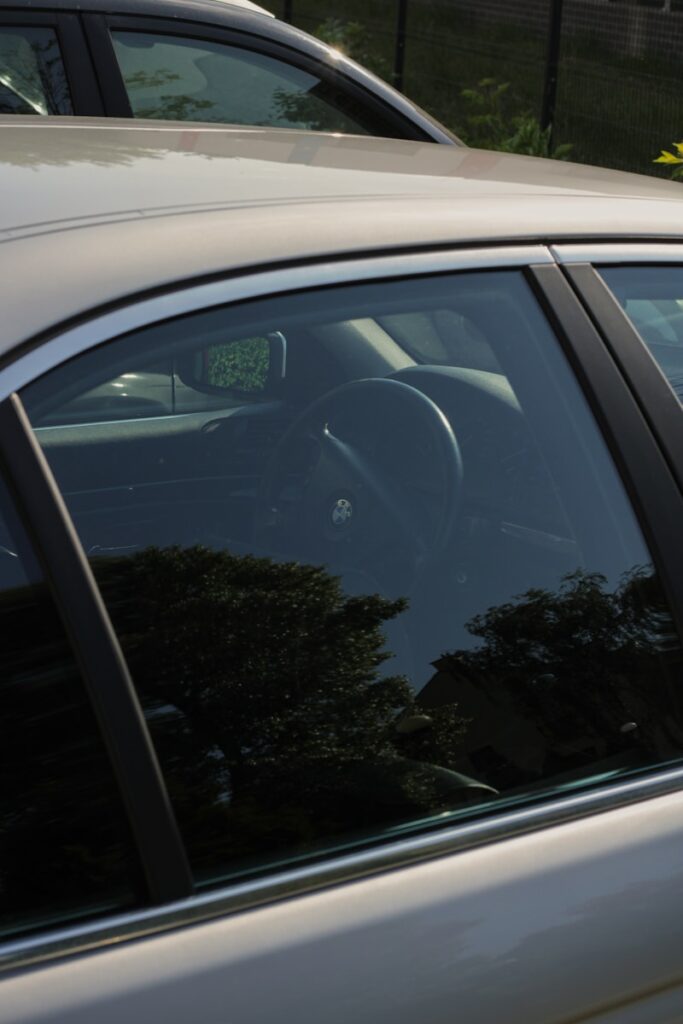
1. **Always Lock Doors, Close Windows, and Take Your Keys.**It sounds incredibly obvious, almost to the point of being patronizing, yet it remains the most fundamental and frequently ignored rule of car security. Every local news story featuring police officials addressing rising car thefts seems to include the same exasperated plea: “Please let me remind drivers that they need to always lock their vehicles and take their keys with them.” The data backs this up with alarming clarity, as “The NICB reports that 229,339 vehicles in the U.S. were stolen between 2016 and 2018 because drivers left a key or fob in the car.”
Imagine a thief ‘scoping out’ an unattended vehicle. What’s their very first move? They’ll try the doors, naturally. An unlocked car, especially one with keys or a fob visibly sitting inside, is an open invitation, practically “serving up the vehicle to a thief on a silver platter.” This isn’t just about a moment of forgetfulness; it’s about establishing a consistent habit that provides an immediate, basic layer of defense against opportunistic criminals.
Even seemingly minor oversights can create vulnerabilities. Perhaps it’s a hot day, and you’re tempted to leave “the windows down if you’re away from the car, even for a few minutes” to keep the interior cool. Resist this urge. “A car window that’s only open an inch is all a skilled thief needs to get inside of it.” These small details accumulate into significant risks, contributing to the tens of thousands of vehicles stolen annually due to simple lapses in judgment regarding locks and keys. Making this basic practice a non-negotiable routine is your first and best line of defense.
Read more about: Beyond the Ignition: Unveiling the 14 Secret Car Features You Didn’t Know You Had, From Lifesaving Functions to Everyday Conveniences

2. **Never Leave Your Vehicle Running Unattended.**If leaving an unlocked car with keys inside is an open invitation, then leaving an unlocked, running car unattended is essentially rolling out the red carpet for a thief. This scenario, while seemingly convenient, is one of the quickest ways to lose your vehicle. It most commonly occurs when a driver is trying to “cool down or warm up their vehicle for a few minutes at home or work,” a habit many fall into during extreme weather.
While some vehicles might be started manually, others benefit from advanced remote starter systems. If you use a remote starter, exercise extreme caution and judgment. The advice is clear: “Be very selective with when you use a remote starter and only use it when you can keep your vehicle within sight.” The brief moments you step away for a coffee or to grab something from the house are precisely the windows of opportunity thieves are looking for.
Beyond the immediate theft risk, leaving a car idling, especially “in an attached garage,” carries other potential dangers. “If a heated living space adjoining the garage isn’t adequately sealed, carbon monoxide from an idling car can enter the house,” posing a serious health hazard. Furthermore, this practice is not only detrimental to the environment but also “wastes gas, too.” It’s a clear case where sacrificing a little bit of comfort by simply “only running your car or truck when you’re sitting in the driver’s seat” offers significant returns in security and safety.
Read more about: Is Your Car Making You Sick? An In-Depth Look at the Hidden Health Dangers Lurking in Your Vehicle
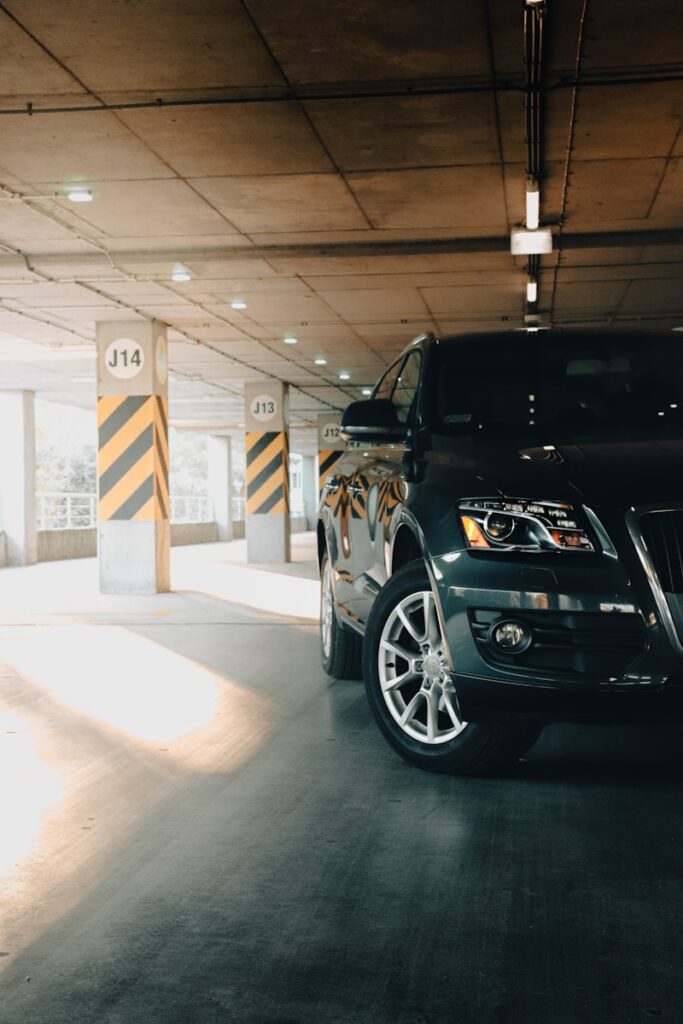
3. **Optimize Your Garage for Secure Indoor Parking.**One of the most effective, yet often underutilized, methods to prevent car theft is surprisingly simple: park your vehicle inside your garage. The logic is undeniable – “a car thief can’t steal what they can’t see!” Parking your prized possession out of sight significantly reduces its vulnerability to opportunistic thieves who often scope out vehicles parked in plain view on driveways or streets.
However, for many homeowners, the garage has evolved into a catch-all storage space rather than its intended purpose. A revealing “Garage Living online poll of 1,500 North Americans found that 20% of them were unable to park in their garage” due to clutter. This statistic highlights a common issue: a vehicle “left parked in a driveway or on the street is at a much higher risk of theft and vandalism” compared to one securely housed indoors.
The good news is that reclaiming your garage space for parking is not an insurmountable task. It requires a systematic approach, starting with eliminating “as much clutter as possible.” For those needing expert guidance, consider talking “to a garage design expert so they can maximize your garage storage space” and help you “outfit your garage with effective storage systems like slatwall, overhead racks, and cabinets.” This transformation proves that “indoor parking and ample home storage can co-exist,” offering enhanced security alongside a more organized lifestyle.

4. **Secure Your Garage Doors and Openers Diligently.**While parking your vehicle inside your garage is a huge step towards preventing theft, the protection is only as strong as the security of the garage itself. A visually appealing, tidy garage is certainly something to be proud of; indeed, “a Thompson’s Company study found that 52% of homeowners want to have a garage their neighbors envy.” However, this pride in presentation must be balanced with practical security measures.
As much as you might want to show off a “remodeled garage with eye-catching features like a stylish floor coating,” it’s crucial “not to leave your garage doors open any longer than they need to be.” An open garage door, even for a short time, provides a clear, unobstructed view for potential thieves, allowing them to survey your vehicles and other valuable items, making them “the envy of a thief” in the worst possible way. This fleeting glimpse can be enough for them to plan a future break-in.
Furthermore, never underestimate the importance of securing your garage door opener remote. This small device is far more than just a convenience; it “is essentially a key to your house.” Treat it with the same level of care and vigilance you would a house key or your car keys. Ensure that all family members understand the importance of safeguarding these remotes, always keeping them secure and out of sight to prevent unauthorized access to your home and vehicle.
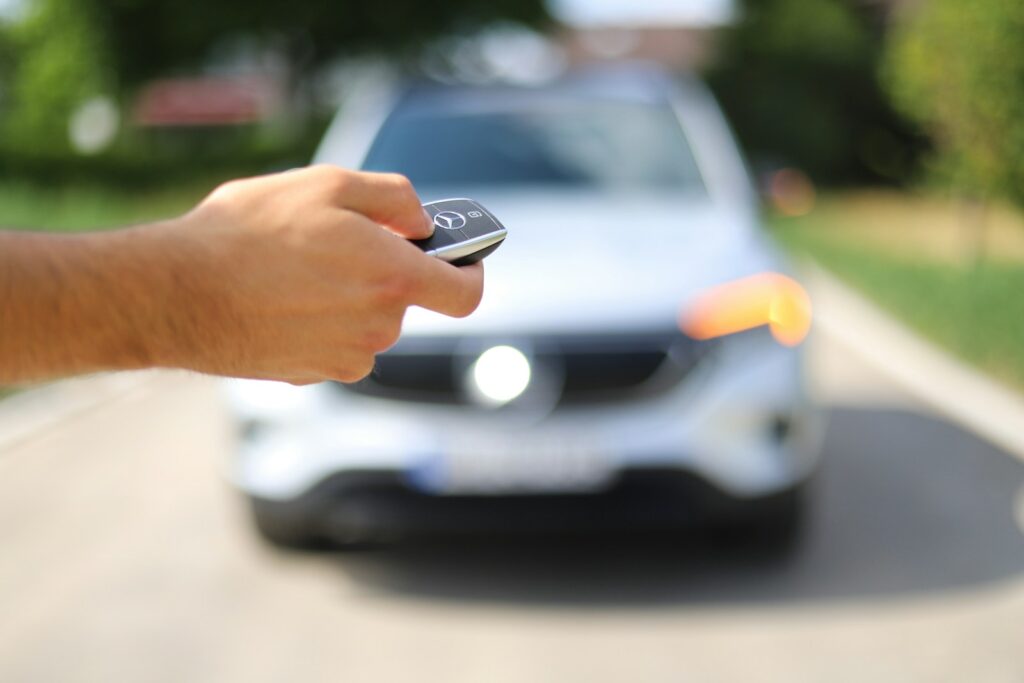
5. **Safeguard Your Key Fobs and Digital Access Devices.**The convenience of modern vehicle technology, particularly keyless entry and push-to-start systems, has revolutionized driving. However, this same convenience has unfortunately created new vulnerabilities for car theft. Most of us are accustomed to the simple habit of “leaving our car keys and key fobs near the door we enter after arriving home,” whether it’s the front door or an access door from the garage.
Shrewd thieves, however, have evolved with this technology. They have “figured out how to intercept the short-range radio signal that allows a key fob, smartphone, and RFID (radio frequency identification technology) card to communicate with each other.” This sophisticated technique, known as relay theft, occurs when “your vehicle’s digital access key is within close proximity of the walls, exterior doors, or windows of your home.” Thieves, armed with wireless transmitters, can “potentially hijack the signal to gain access to your vehicle” without ever touching your keys.
The good news is that there’s a simple, effective countermeasure: invest in a Faraday pouch or box. This specially designed container becomes the ideal “home for your key fobs instead of hanging them on a key holder or leaving them on flat surface by a door.” A Faraday pouch works by being “designed to block electromagnetic signals, which eliminates the risk of relay theft.” This crucial step extends beyond your home, too. “Another way to avoid car theft is by not leaving your car keys and fobs alone when you’re at a gym, pool, spa, or the beach as well.” For water activities, consider “a waterproof key holder that you can attach to your waist or arm” to keep your digital keys secure and on your person.
Read more about: Car Gone? Your 15-Step Action Plan to Maximize Recovery and Navigate the Aftermath

6. **Invest in and Utilize Robust Anti-Theft Devices.**While basic precautions are indispensable, layering on robust anti-theft devices provides an additional, formidable defense against increasingly sophisticated thieves. “Almost all new vehicles come with an anti-theft system that will sound the horn and flash the car lights when a break-in is detected.” This visible deterrent is a good start, but often not enough to deter determined criminals.
Many modern vehicles also feature “Ignition immobilizer systems,” a crucial electronic security technology designed “to prevent a vehicle from being hot-wired.” This system, which has been around for about two decades, requires a matching code or signal from a transponder chip in the key fob to allow the vehicle to start. “If your car lacks this feature, it’s worth it to have one installed,” as it significantly complicates a thief’s ability to drive away with your car.
However, even these advanced systems have their weaknesses. The prevalence of “Push-to-start ignitions are fairly common in new cars, which makes them a bigger target for theft.” Thieves can bypass these with readily available key programmers that plug into a vehicle’s onboard diagnostics port. This makes external deterrents even more valuable. “One of the most popular and best car theft prevention devices is the steering wheel lock.” This physical barrier can literally “stop someone from driving off with your car, even if they do manage to get it started somehow.” For vehicles at a higher risk, consider having a “reliable, more secure aftermarket car security system installed” to give yourself peace of mind.
Read more about: Unmasking the Spies: Your Essential Guide to Detecting and Preventing 13 Laptop Camera Hacks

7. **Park Strategically in Secure and Visible Locations.**Where and how you park your vehicle can significantly impact its vulnerability to theft. Remember, “anything you can do to slow down a car thief improves the odds of them leaving your vehicle alone.” Since “a skilled thief can steal a vehicle in less than a minute,” every extra second of effort you force them to expend increases the chance they’ll move on to an easier target. This makes smart parking an incredibly effective, zero-cost prevention strategy.
Whether you’re away from home or your garage isn’t available, always prioritize parking “in a well-lit area.” Brightly illuminated spots, especially those “in view of a security camera,” act as powerful deterrents, making thieves feel exposed and increasing their risk of being identified. Criminals prefer the cover of darkness and seclusion, so denying them these conditions is a simple yet powerful tactic. Making your vehicle visible to others, even if it’s just passing foot traffic, makes it less appealing for covert operations.
Beyond general visibility, consider the threat of “Tow truck theft,” a less common but equally frustrating method where thieves simply haul away parked vehicles. Many people “don’t think twice when they see a tow truck taking a parked vehicle,” which is precisely what these thieves exploit. To counter this, “engage your parking brake,” which can add a crucial delay. Also, “turning your car wheels as far to one side as possible” makes it much harder to tow. For added protection, if your vehicle is front-wheel drive, “park frontwards” in your driveway; for rear-wheel drive, “back into your driveway to park to make it harder to tow.” These “small things like parking in well-lit areas can help prevent car theft” and ensure your vehicle stays exactly where you left it.
Read more about: Car Rust: Your Essential Guide to Spotting, Stopping, and Preventing Corrosion Before It Spreads

8. **Understand the Drawbacks of Modern Vehicle Tech.**Modern technological advancements have undoubtedly made our driving experiences more comfortable and convenient, from enhanced safety features to sophisticated infotainment systems. However, this convenience often comes with a trade-off, particularly when it comes to vehicle security. The very innovations designed to make our lives easier can, unfortunately, be exploited by car thieves, turning them into access points for illicit activities.
Indeed, some high-tech car features that we’ve come to appreciate, such as keyless entry and push-button ignitions, inadvertently make vehicles more vulnerable to theft than models from a decade ago. While these systems offer seamless interaction with your car, their digital nature opens new avenues for sophisticated criminals. They’ve become adept at manipulating these technologies, turning convenience into a potential security weak point.
While anti-theft systems are continuously evolving, striving to be more sophisticated and advanced, criminals are equally relentless. Thieves consistently manage to keep pace with the ever-evolving nature of modern tech, finding new ways to manipulate and bypass these protections. This ongoing technological arms race means that vigilance and an understanding of these vulnerabilities are more critical than ever for every vehicle owner.
Being mindful of these inherent drawbacks doesn’t mean forsaking modern conveniences entirely. Instead, it underscores the importance of complementing your vehicle’s built-in security with additional layers of defense and a heightened awareness of how these technologies can be compromised. It’s about being informed and proactive in a world where tech-savvy thieves are always looking for the path of least resistance.
Read more about: Seriously Where Did They Go? A Deep Dive into 14 Iconic Car Gadgets That Vanished From Our Toolboxes

9. **Invest in Garage Security Upgrades.**Parking your vehicle inside your garage remains one of the most effective strategies to prevent car theft, largely because a thief cannot steal what they cannot see. However, the protective benefit of garage parking is only as strong as the security of the garage itself. A garage that is easily breached or that openly displays its contents can inadvertently invite criminal attention, turning your sanctuary into a potential target.
Beyond the common-sense measures of consistently locking your garage doors and any interior or exterior access doors, there are several key upgrades that can significantly bolster your garage’s security. Start by improving the exterior lighting around your garage. Well-illuminated areas deter criminals who prefer the cover of darkness. Additionally, maintaining surrounding bushes and hedges is crucial; overgrown foliage can provide excellent hiding spots for burglars attempting to gain entry.
Consider upgrading an old garage door opener to a newer, more secure model, as older systems may be easier for savvy thieves to exploit. Another often-overlooked area is window security. Don’t allow a clear view through any windows into the garage, especially if you store valuable items or vehicles inside. Using translucent glass or installing window treatments can block prying eyes, keeping your garage’s contents private and less appealing to potential thieves.
For a comprehensive defense, installing a reliable garage security system and security cameras is a powerful deterrent. Cameras placed on the exterior of your home and within the interior of the garage not only act as visible warnings but also provide crucial evidence should a theft or break-in occur. These strategic investments can transform your garage into a formidable barrier against theft, safeguarding both your vehicles and other stored valuables.
Read more about: Unmasking the Disappearing Act: 15 Critical Car Safety Features Quietly Removed or Inconsistently Offered, Jeopardizing Your Ride
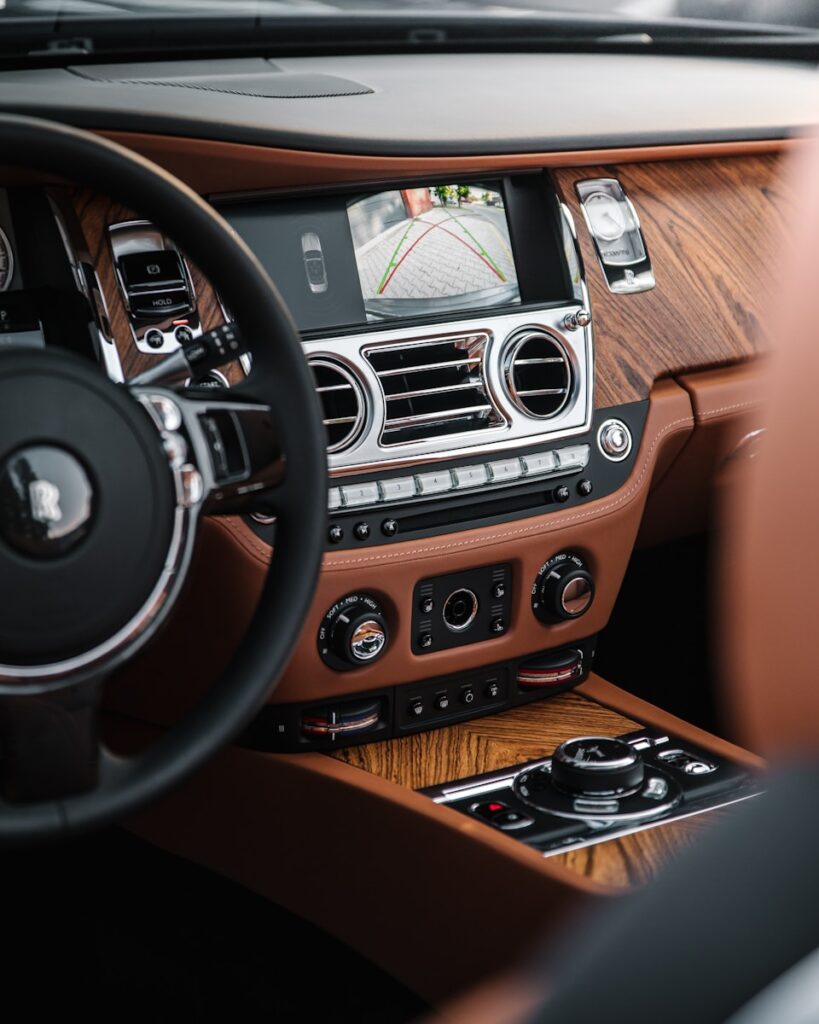
10. **Hide Items in Your Vehicle.**It’s a golden rule of car security: never leave valuables in plain sight within your vehicle. However, this advice extends beyond obvious expensive items like laptops, purses, or bags. The goal is to avoid leaving any loose items visible that could, even inadvertently, incentivize a thief to break into your car, regardless of their perceived monetary worth.
Think about those seemingly insignificant items: loose change scattered in the console, phone chargers dangling from ports, or even branded parts like wheel covers or stereos that might catch a thief’s eye. You can never truly know the motivation of a car thief. While some might be part of highly organized theft rings targeting specific vehicles or components, others could be opportunistic individuals looking for anything of value, or even teenagers looking for a quick smash-and-grab. Anything you can do to make your vehicle a less appealing target helps.
Perhaps one of the most critical, yet often overlooked, aspects of hiding items involves your vehicle’s registration and proof of insurance documents. For generations, it’s been commonplace to keep these papers in the glove compartment for easy access during a traffic stop or accident. However, many insurance companies and law enforcement officials now advise against this practice due to the significant risk of identity fraud.
A stolen or vandalized vehicle with your personal information inside can empower thieves with the details they need to compromise your identity. Furthermore, car thieves could potentially use your vehicle’s registration and insurance card to evade arrest if they are pulled over by police. To mitigate this risk, if you prefer to keep these documents in your vehicle, ensure they are very well hidden. A safer alternative is to keep the papers in your wallet or purse, or even stored securely on your smartphone, providing access without leaving sensitive information exposed in your car.
Read more about: Collectors Beware: 13 Barn Find Restoration Pitfalls That Might Just Break Your Bank (and Your Spirit)
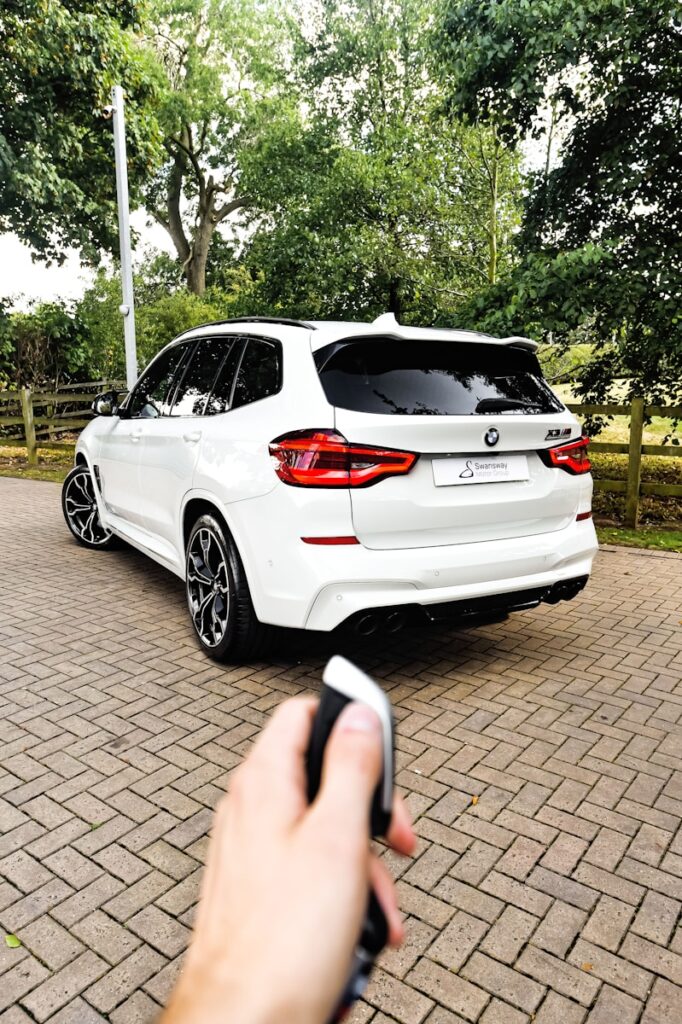
11. **Have a Reliable Vehicle Recovery System.**While many of the tips we’ve discussed focus on preventing car theft from happening in the first place, having a reliable vehicle recovery system provides a crucial safety net if your car is stolen despite your best efforts. This technology won’t prevent the theft itself, but it significantly increases your odds of getting your stolen vehicle back, offering peace of mind in an unfortunate situation.
Many newer vehicles come with sophisticated recovery features built right in. These systems typically leverage cellular technology and GPS data, allowing law enforcement to pinpoint the exact location of a stolen vehicle in real time. This capability drastically reduces the time it takes to track down and recover your car, often before it can be stripped for parts or shipped overseas.
Beyond integrated systems, discreet tracking devices like Apple’s AirTag or various models of Tile trackers can also be hidden within a vehicle to provide its location if necessary. For those seeking professional installation and enhanced security, companies like Tag specialize in fitting these devices, ensuring they are strategically placed and difficult for thieves to discover. Some automakers, such as Audi, go a step further by equipping their models with “unique and permanent tracking numbers discretely applied in various locations throughout the vehicle to improve its traceability,” offering multiple layers of identification for recovery efforts.
Read more about: Beyond the Road: Unpacking the Complex Journey of EV Battery Recycling and Its Future
Ultimately, deterring car thieves requires a multi-layered approach, combining common-sense habits with smart technological solutions and an unwavering commitment to personal awareness. By adopting these practical, hands-on strategies—from understanding the nuances of modern vehicle tech to diligently securing your garage and maintaining situational awareness—you empower yourself to make your vehicle an exceptionally challenging target. Remember, it doesn’t matter if you drive a new luxury sedan or an old pickup truck; every vehicle is a potential target, and every preventative step you take contributes to its safety. Stay informed, stay vigilant, and make it as difficult as possible for thieves to succeed.

